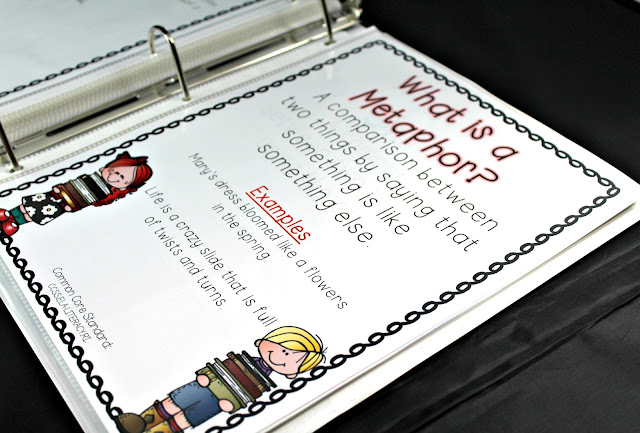Teaching sight words is different for every student. Sight words are words that students need to know without having to decode or sound out the words. Sight words are in approximately
50% to 65% of the words students will encounter in text. Sight words instruction is imperative to any student who is learning to read. In this post, we will talk about different methods to ensure your students or child learns their sight words. As parents, it's difficult to know exactly how our children's teacher is spending time on sight words. However, with these ideas, you can implement your own sight word plan at home!
50% to 65% of the words students will encounter in text. Sight words instruction is imperative to any student who is learning to read. In this post, we will talk about different methods to ensure your students or child learns their sight words. As parents, it's difficult to know exactly how our children's teacher is spending time on sight words. However, with these ideas, you can implement your own sight word plan at home!
Be specific and Purposeful with Teaching Sight Words
When teaching sight words, it's important to be very specific. Depending on the students age, depends on how many words students should work on each week. In Kindergarten, students should only start off practice two to three words a week. As the year progresses, students can gradually work up to 6-8 words per week. I like to do this slowly. Starting with two to three words a week gives students a chance to start the year off with confidence once they master the words.
In first grade, starting with 6-7 words in the beginning would be ideal. For second graders, they should be able to handle 8-9 to start with. Every class and student is different, so use your judgement. If students are not mastering words, dial it back a bit. By third grade, students should be able to handle 10-12 words a week.
Look at your year long plan for teaching sight words. Every few weeks, add a week of spiral review in. Students should continuously practice words they've learned. If you are a parent, feel free to do this as well. Spiral review is one of the most effective ways to make sure students have really learned the content.
In first grade, starting with 6-7 words in the beginning would be ideal. For second graders, they should be able to handle 8-9 to start with. Every class and student is different, so use your judgement. If students are not mastering words, dial it back a bit. By third grade, students should be able to handle 10-12 words a week.
Look at your year long plan for teaching sight words. Every few weeks, add a week of spiral review in. Students should continuously practice words they've learned. If you are a parent, feel free to do this as well. Spiral review is one of the most effective ways to make sure students have really learned the content.
Building Sight Words
One of the best ways to have students learn their sight words, is for students to build their sight words. Using tactile methods, students can develop a deeper connection to the words.
Another student favorite is magnetic letters. Students love building words with them and placing them on cookie sheets or magnetic boards. The more colorful, the better!
Students love these sight word builder cards and teachers love them too! Let me tell you why. Students get to practice building the word and then immediately apply it to text.
Use seasonal items to practice sight words. Right now, our students are having. so much fun with these sight word building puzzles. Anything the kids can move, is a win-win!!
Turn Learning into a Game
This looks large, it's really not. We would take this outside for recess though and place the sight words the kids have already mastered on the Lego Duplos . I even added a little math by having them keep score.
Sight Word Pyramids are also a great way to review words and maybe introduce a few more. The best part about this is. that both of these games can be done at school or home. Parents, the cup pyramids make for a GREAT rainy day activity!
I love giving my students hands on activities for them to complete. It allows them to practice using the words in a variety of ways.
Here are some of my favorite activities to practice mastering sight words.
Be Consistent
Students need to consistently be practicing words. Sometimes, you will see students practicing one set of words with the teacher, and another set of words with the home. It's important to present the words differently with each encounter the children have with the words. For example, on Monday, you might write the words. On Tuesday, you might build the words using on the the methods above. On Wednesday, the students might read the words in a list or buddy read the words using flash cards. For Thursday, students might read the words in a sentence while building them. By Friday, students can read the words in a passage. The big picture is that students need to practice words a different way each day. They need the opportunity to apply what they've been taught, so give them the chance to read the words on their own.
*This post contains affiliate links.






























